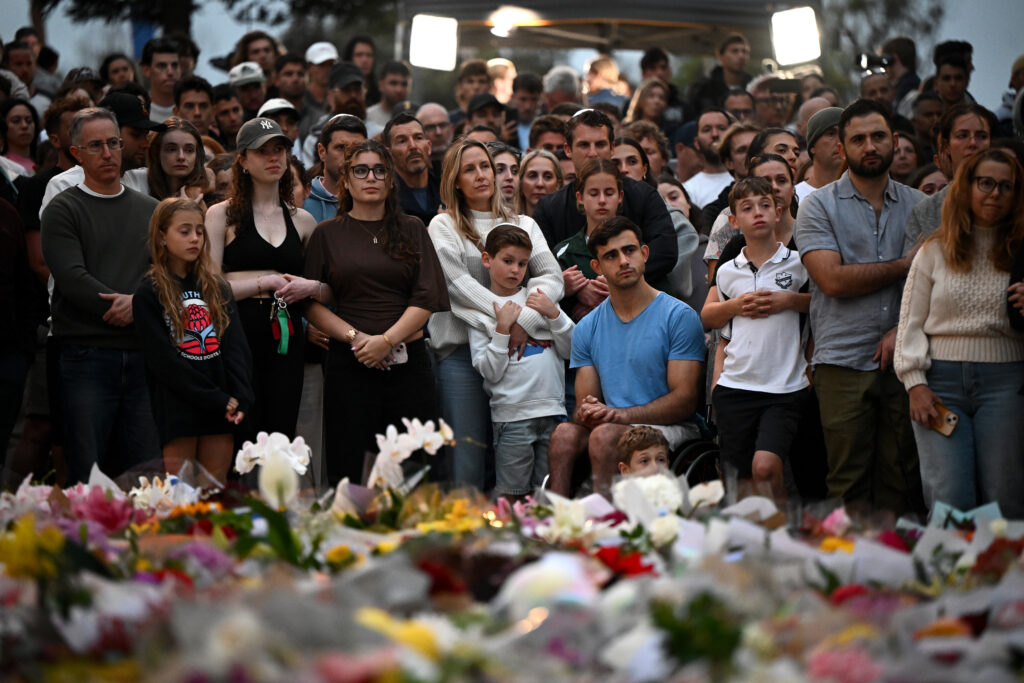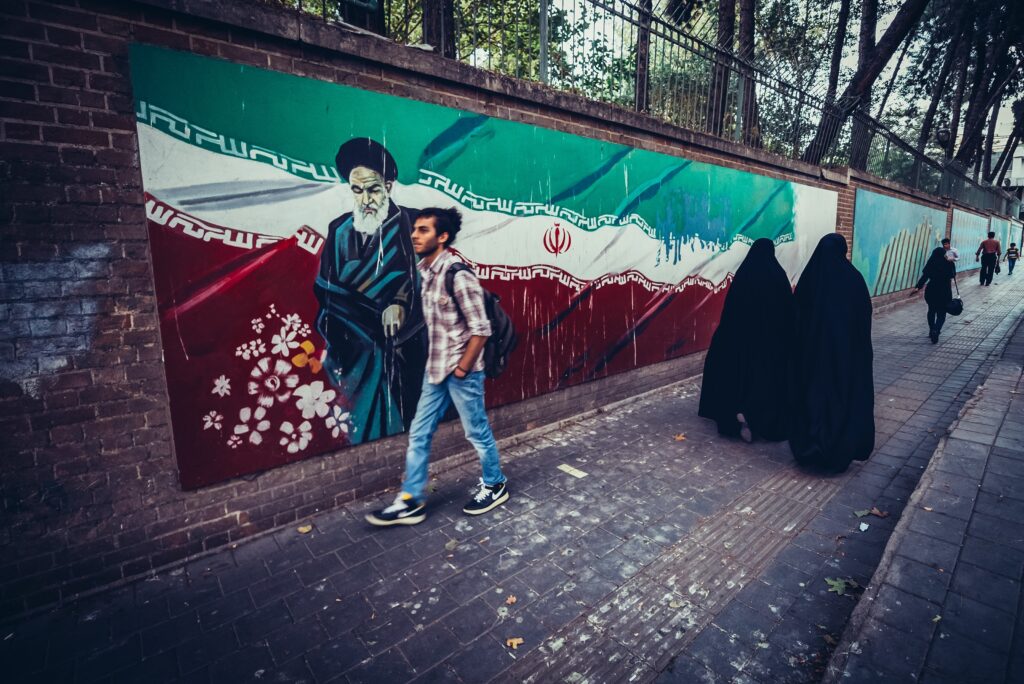FACT SHEETS
Fast Facts: “Operation Breaking Dawn”
August 9, 2022 | Judy Maynard

Israel launched Operation Breaking Dawn on Friday Aug. 5, 2022 in the Gaza Strip as a preemptive strike targeting the terrorist group Palestinian Islamic Jihad (PIJ). PIJ had been making advanced preparations to launch major attacks on Israelis near the Gaza border following the arrest of one its leaders. A ceasefire, brokered by Egypt, came into effect at 11.30 pm local time on Aug. 7.
Background
On Aug. 1, in the northern West Bank city of Jenin, Israeli forces arrested Bassam Saadi, leader of the PIJ in the West Bank.
Earlier this year, a wave of deadly attacks took the lives of 19 people within Israel. Several of the attackers hailed from Jenin, which has become a hotbed of terror and is a PIJ stronghold.
Israel’s internal security agency, the Shin Bet, said Saadi had been attempting “to restore the Islamic Jihad’s operations, in which he was instrumental in establishing a strong military force in Samaria in general and in Jenin in particular. His presence was a significant factor in radicalising the organisation’s operatives.”
Following Saadi’s arrest, the PIJ issued threats to launch major terror attacks against Israelis near the Gaza border. This led Israeli authorities to go on high alert, closing roads and locking down communities in those areas.
Israel also closed the Kerem Shalom and Erez Crossings between Israel and Gaza, used respectively for commercial goods and by thousands of Palestinians daily who hold permits to work in Israel.
Prime Minister Yair Lapid said Israel would “not accept a situation in which terror groups disrupt the residents’ daily lives.”
Neutralising the terror threat
On Aug. 5, in response to credible intelligence of an imminent threat emanating from the PIJ in Gaza, reported to be an attack on a civilian bus using anti-tank missiles, the IDF launched a series of airstrikes across the Gaza Strip in which it targeted PIJ militants and infrastructure.
Tayseer Jabari, commanding officer of PIJ’s northern Gaza division, was assassinated in a direct strike on his apartment.
The same day PIJ launched hundreds of rockets at Israel in retaliation.
In the subsequent fighting, Israel also killed Khaled Mansour, PIJ’s southern Gaza commander; Rafat al-Zamli, commander of PIJ’s rocket unit; and around two dozen other PIJ militants.
The IDF attacked PIJ rocket launch sites, ammunition depots, training areas, and weapons production and storage facilities. The IDF said it destroyed much of PIJ’s military capability and terror tunnel infrastructure.
What is PIJ?
PIJ is a militant Islamist organisation founded in Gaza in 1981. Its founder, Fathi Shaqaqi, was inspired by the Islamic revolution of Ayatollah Ruhollah Khomeini in Iran, and PIJ is considered to be a direct proxy of the Iranian regime despite most of its activists being Sunni, not Shi’ite. It is active in Gaza where it is considered the second most important militant group after Hamas, and also in the West Bank cities of Jenin and Hebron.
It is designated a terrorist organisation by the US, EU, UK, Australia, Canada, New Zealand and Japan.
PIJ is committed to the destruction of Israel and has claimed responsibility for a number of deadly attacks on Israeli civilians, including 30 suicide bombings.
Some of the most infamous attacks perpetrated by PIJ include:
- An August 2003 bombing that killed 21 people and injured more than 100 people on a bus in Jerusalem.
- An October 2003 bombing attack that killed 22 and injured 60 at a Haifa restaurant.
- An October 2005 bombing at a Hadera market that killed seven people and injured 55.
- An April 2006 bombing at Tel Aviv eatery that killed 11 and injured 70.
- In an unsuccessful attack on an Israeli army position in June 2007, PIJ operatives reportedly used a vehicle marked with “TV” and “PRESS” insignias to gain access, thus putting genuine journalists at risk.
Unlike Hamas, PIJ does not participate in the Palestinian political process or provide any social services, other than mosques and associated schools, to Palestinians in Gaza. Terrorism and violence are its sole focus.
PIJ receives funding, training and weapons from Teheran. Its leader, Ziad al-Nakhalah, was in Teheran meeting with Iranian officials when Operation Breaking Dawn began.
Prior to this conflict it was estimated that PIJ possessed 6000 to 8000 rockets, as well as anti-tank guided missiles and rocket propelled grenades.
Hamas
Hamas is by far the largest terror group in Gaza, which it rules. During Operation Breaking Dawn Israel was careful to attack only PIJ targets, seeking to avoid bringing Hamas into the fight.
As Israel hoped, Hamas refrained from involvement. This may have related to the damage caused to its own military capability and infrastructure less than a year and a half ago during Operation Guardian of the Walls.
Additionally, while Hamas and PIJ share a common goal in desiring the elimination of the Jewish state, PIJ has frequently demonstrated its ability to act independently of Hamas in a military capacity, sometimes sparking clashes at times when Hamas was seeking to avoid them. Hamas may, therefore, have regarded the hit taken to that capacity as serving its interests by lessening the threat from a potential rival to its rule over Gaza.
Measures taken by Israel in the past year to ease economic pressure by, for example, greatly increasing the number of work permits granted to Palestinians in Gaza, may also have provided a disincentive for Hamas to involve itself in conflict triggered by PIJ.
Rocket totals and casualties
PIJ is estimated to have fired close to 1,200 rockets, of which approximately 200 landed within Gaza. According to the IDF, more civilians in Gaza were killed by PIJ rockets than by Israeli airstrikes.
Israel estimates that 51 people were killed in Gaza, 24 of them PIJ militants. Of the 27 Gazan civilians who died, 16 were killed by PIJ rockets that fell within Gaza, the IDF said.
The Hamas-run Gaza Health Ministry said at least 44 Palestinians had been killed, including 15 children. The IDF believes that PIJ was responsible for killing at least 12 of these children.
990 rockets made it to Israel. Of these 610 landed in the sea or open spaces. Israel’s Iron Dome missile defence system successfully intercepted 95% of the remaining 380.
No serious Israeli casualties were reported. Minimal damage was caused to civilian infrastructure in Gaza.
Following the ceasefire, the IDF announced that restrictions imposed on residents of the Gaza border area would be lifted.
Tags: Gaza, Hamas, Israel, Palestinian Islamic Jihad





